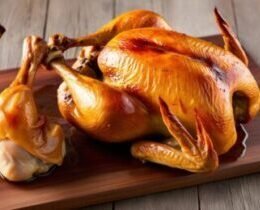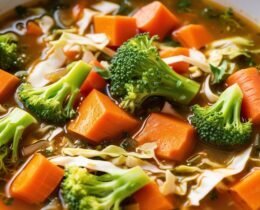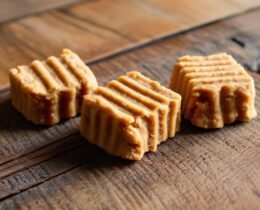Nutrition - Cooking For Your Dog What To Know
I decided to add this section on the website because, like for myself I like to know what my dogs are truly eating. When I go grocery shopping I always check the labels and I buy raw ingredients or worst case the very least processed food. Pet food in general is highly processed, contains a lot of fillers and the meat origin doesn’t have to be provided.

If you read Animal By-Product meal that includes: Rendered tissues or animals, not including added hair, hooves, horns, hide trimmings, manure, stomachs, and rumen contents except as unavoidable in processing. Not that great in my opinion…
I am not saying you shouldn’t buy kibbles for your dog and I know quite a few dogs who thrived with kibbles all their lives. I am, also, not pretending that my dogs will necessarily live longer with my food vs processed one but at least they do better. Leo and Chester kept getting itchy paws with kibbles (we had to buy some during the pandemic as it was hard to find leg quarters or whole chicken) and their coats weren’t as soft as they are compared to prepped meals.
Plus I think as a dog owner we always try to provide the best we can afford for them.
So I started to read extensively on what are the dogs daily requirements and because I now cook for them they get bloodwork once a year to make sure they are not lacking anything. All the products I use are human grade.
As I said, I read extensively and I discovered that a dog Calcium:Phosphorus (Ca:P) intake ratio should be 1.1:1 up to 2:1 but NEVER below 1:1. Article from National Institute of Health (NIH) (.gov)
By grinding the bones and the marrow all together with the meat they get that good Ca:P ratio. This is why the recipe where whole chicken or quarters legs is involved you MUST have a very good blender because you will grind the bones.
We never had any issue with the Vitamix 5200 (though we’ve been through 2 Ninja blender within 6 months…) also because I will soon have to meal prep 28 meals per week we upgraded Vitamix 5201 XL.
Nutritional information
To know what are your dog daily requirements check this link. Dog calories calculator
I usually add on what I cook for them either Turmeric, Ginger, Brewer’s Yeast and Salmon oil as a supplement based on their individual weight. Not all of them at once, though they always have the Salmon oil (about 80 calories as they get about 1 TBSP). Don’t forget to take this in consideration.
Disclaimer: I am not a dog nutritionist but I feed them these recipes and once a year each dog gets bloodwork to make sure they don’t lack any nutrients and everything is fine. I did that for the first 3 years I started cooking for them because sometimes, by thinking we’re providing something good we can actually create some harm.

Whole Chicken and Leg Quarters Pate
The recipe I used for years with all my dogs. Fairly easy and budget friendly with human grade ingredients!
Recipe here
Vegetables Puree
I complement what I feed my dogs with this fast, easy and packed with vitamins and anti oxidant. It contains a lot of fibers as well. And because it's human grade you can have some too!
Recipe Here
Banana Oatmeals Peanut Butter Bites
This recipe is fairly cheap and easy it just requires a bit of time. Though my dogs love these and you get very budget friendly treats. It worth the time
Recipe Here
Anti Flea Treats
Quick and easy recipe which will provide really cheap and healthy cookies to your pooch. Plus they help to repel fleas.
Recipe Here